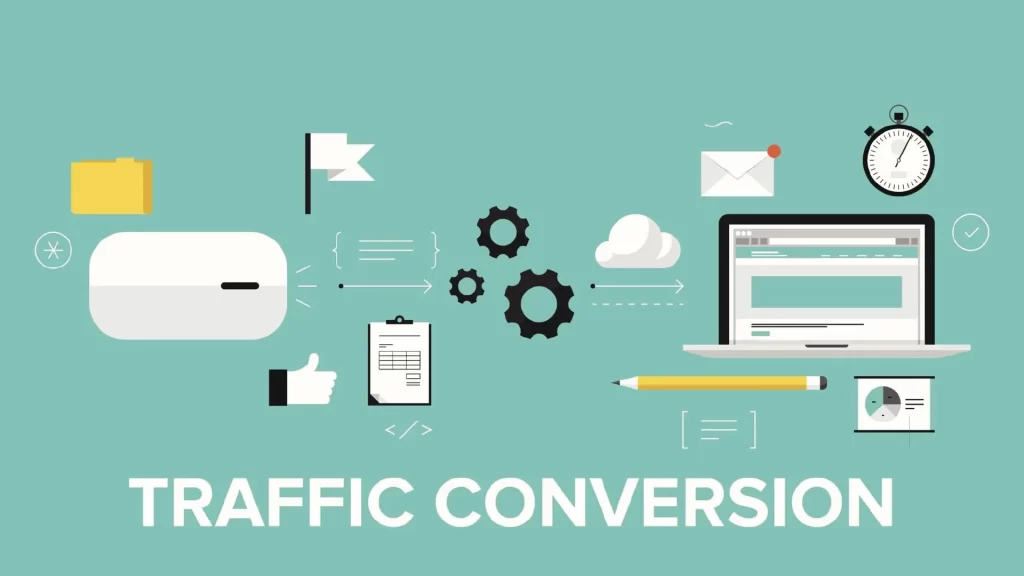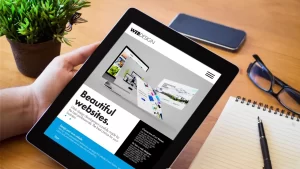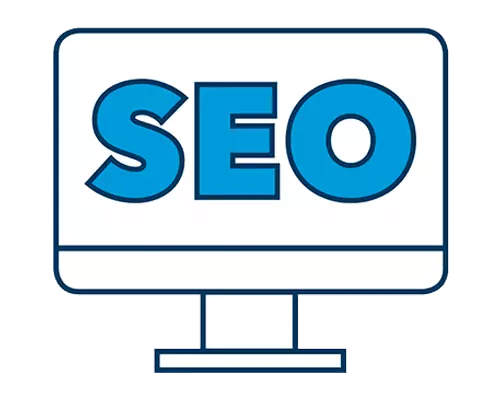Congratulations, you’ve got visitors on your website!
But the real question is, how do you turn those visitors into loyal customers?
The answer lies in your website’s design.
Let’s explore how to create a website that works its magic and converts visitors into valuable customers.
1. Start with a Clear Value Proposition:
The moment a visitor lands on your website, they should instantly understand what you offer and why it’s beneficial.
Your value proposition should be clear, concise, and positioned prominently on your homepage.
2. Streamlined Navigation:
A cluttered and confusing website is a conversion killer. Make navigation straightforward.
Use logical menus and labels, ensuring that visitors can easily find the information or products they seek.
3. High-Quality Visuals:
Visuals matter. Use high-resolution images and videos that showcase your products or services.
Show your products from multiple angles or demonstrate how your services can benefit the customer.
4. Compelling Call to Action (CTA):
Your CTA is your virtual salesperson.
Make it stand out. Use action-oriented phrases like “Get Started,” “Contact Us Now,” or “Shop Now.” The CTA should guide visitors toward taking the desired action.
5. Clear Contact Information:
Don’t make customers hunt for a way to reach you. Ensure that your contact information, including phone numbers and email addresses, is easily accessible. Trust is built on transparency.
6. Testimonials and Social Proof:
People trust the experiences of others.
Display customer testimonials, reviews, and case studies to showcase the positive experiences previous customers have had with your business.
7. Live Chat Support:
Real-time assistance can make a significant difference.
Implement a live chat feature to provide immediate help and answer customer queries promptly.
8. Trust Badges and Security:
In an age of cyber concerns, trust badges and security seals can boost confidence.
Make sure to showcase any security certifications or affiliations that apply to your industry.
9. Mobile Responsiveness:
With mobile usage on the rise, your website must be responsive and perform well on smartphones and tablets.
A poor mobile experience can send potential customers elsewhere.
10. A/B Testing and Optimization:
Don’t stop at the initial design. Continuously monitor your website’s performance.
A/B testing allows you to experiment with different elements and layouts to see what works best for conversion.
11. Clear and Transparent Pricing:
If you’re selling products or services, be transparent about pricing.
Ambiguity can scare away potential customers. Provide detailed information and breakdowns where applicable.
12. Effective Content:
High-quality content can build trust and provide valuable information.
Create content that addresses your customers’ pain points and questions. This helps establish your authority and expertise.
13. Fast Loading Times:
A slow website can lead to high bounce rates.
Ensure your site loads quickly, so visitors don’t lose patience and leave before exploring further.
In Conclusion: Your Website, Your Sales Engine
Your website is more than a digital brochure; it’s your 24/7 salesperson.
By implementing these design principles, you can maximize its potential to turn casual visitors into loyal customers.
Remember, design isn’t just about aesthetics; it’s about functionality and user experience.

















